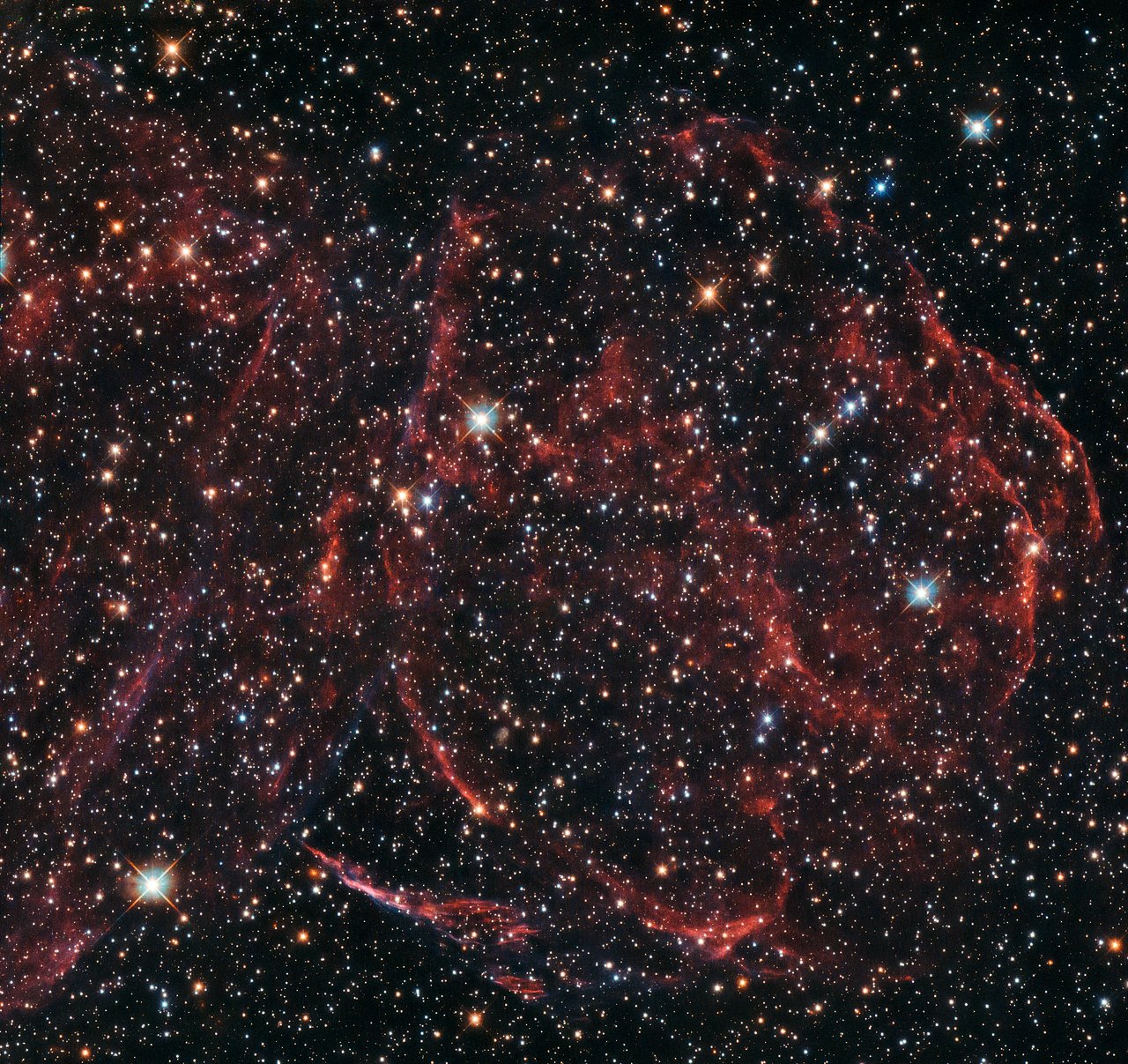A musical offering today from one of my favorite composers, Arvo Pärt. “Cantus in Memoriam Benjamin Britten” was written in 1977 in response to Benjamin Britten’s death the previous year. Pärt stated of the work:
Why did the date of Benjamin Britten's death – 4 December 1976 – touch such a chord in me? During this time I was obviously at the point where I could recognise the magnitude of such a loss. Inexplicable feelings of guilt, more than that even, arose in me. I had just discovered Britten for myself. Just before his death I began to appreciate the unusual purity of his music – I had had the impression of the same kind of purity in the ballads of Guillaume de Machaut. And besides, for a long time I had wanted to meet Britten personally – and now it would not come to that.
The Cantus is written in A minor (Aeolian mode), & employs a string orchestra & a bell; the work is composed in Pärt’s tintinnabuli style. As his biographer, Paul Hillier wrote of Pärt’s composition: "how we live depends on our relationship with death: how we make music depends on our relationship to silence."
Quotations & background information from the Wikipedia entry—see link above.
Image links to its source on Wiki Commons:
This NASA/ESA Hubble Space Telescope image captures the remnants of a long-dead star. These rippling wisps of ionised gas, named DEM L316A, are located some 160 000 light-years away within one of the Milky Way’s closest galactic neighbours — the Large Magellanic Cloud (LMC).
The explosion that formed DEM L316A was an example of an especially energetic and bright variety of supernova, known as a Type Ia. Such supernova events are thought to occur when a white dwarf star steals more material than it can handle from a nearby companion, and becomes unbalanced. The result is a spectacular release of energy in the form of a bright, violent explosion, which ejects the star’s outer layers into the surrounding space at immense speeds. As this expelled gas travels through the interstellar material, it heats it up and ionise it, producing the faint glow that Hubble’s Wide Field Camera 3 has captured here.
The LMC orbits the Milky Way as a satellite galaxy and is the fourth largest in our group of galaxies, the Local Group. DEM L316A is not alone in the LMC; Hubble came across another one in 2010 with SNR 0509 (heic1018), and in 2013 it snapped SNR 0519 (potw1317a).
Date 25 July 2016, 06:00:00
http://www.spacetelescope.org/images/potw1630a/
ESA/Hubble & NASA, Y. Chu
The image is made available under the Creative Commons Attribution 3.0 Unported license and may on a non-exclusive basis be reproduced without fee provided they are clearly and visibly credited. Detailed conditions are below; see the ESA copyright statement for full information.

No comments:
Post a Comment
Thanks for stopping by & sharing your thoughts. Please do note, however, that this blog no longer accepts anonymous comments. All comments are moderated. Thanks for your patience.